Review: HTC One VX for AT&T
Menus
The VX runs Android 4.0.4 Ice Cream Sandwich (no Jelly Bean???) with HTC Sense 4+. The system software and user interface are similar to those of the other HTC phones released this year.
The lock screen on the VX offers a handful of customizable shortcuts. The defaults are phone, mail, messages, and camera, but you can adjust these. One useful lock screen feature is that you can have a camera shortcut and a passcode at the same time. You can also set notifications (email, calendar, SMS messages) to appear on the lock screen.
The drop-down notification shade collects incoming alerts as always. Access to the full settings menu is available from the notification shade, but access to on/off toggles for the radios has been removed from the notification shade.
Apps in the app menu are laid out in a grid in stock Android fashion. The main app listings can be customized however you wish, and that ranges from alphabetical grids to custom grids to alphabetical lists, and so on.
Sense 4+ means you have plenty of customization options. There are different scenes (user profiles) that can be applied. Each of the profiles can be given a different skin. And even the skins can be given their own wallpapers, and so on. Trust me when I say the VX gives you lots of room for personalization.
As for performance, the VX has a dual-core Qualcomm Snapdragon processor on board. Each core runs at 1.2GHz. Nothing I threw at it slowed it down. It's quick at everything.
Calls
HTC uses the same old calling and contact skins it has used forever with its Sense phones. I'm actually disappointed that HTC hasn't done much to update these functions.
The phone app itself offers the basics, including speakerphone, Bluetooth, and access to other apps such as the contact list.
Perhaps the best part of HTC's customizations to the phone software are the gesture-based actions. For example, if the phone rings, you can turn it over to silence the ringer. Or, if you pick it up, the ringer won't silence completely, but will drop significantly in volume. You can also set the VX to recognize when it's in your pocket (it senses darkness) so that it will automatically vibrate as well as ring. Lastly, the VX can automatically switch to the speakerphone when flipped over during a call.
As for contacts and calling widgets, they are plentiful. You can set direct dial shortcuts to the home screen, and there are three different styles of widgets for your favorite set of contacts.
Messaging
The VX doesn't differ much from other Android phones in the messaging department. The individual messaging tools include Gmail, email, SMS, Google Talk, Google+ and Google+ Messenger. Google Voice is conspicuously absent. These are all fine applications that continue to be useful for composing all sorts of messages. The VX also includes AT&T's social messaging application, which houses Facebook IMs, SMS, and Twitter DMs all in one spot.
In terms of social networking, the VX offers integration with Twitter and Facebook within the OS. Sign into your social networking account and you can do things such as share photos, or messages from inside other applications more easily. The separate Facebook app is preloaded on the VX, but the official Twitter app must be downloaded from the Google Play Store.


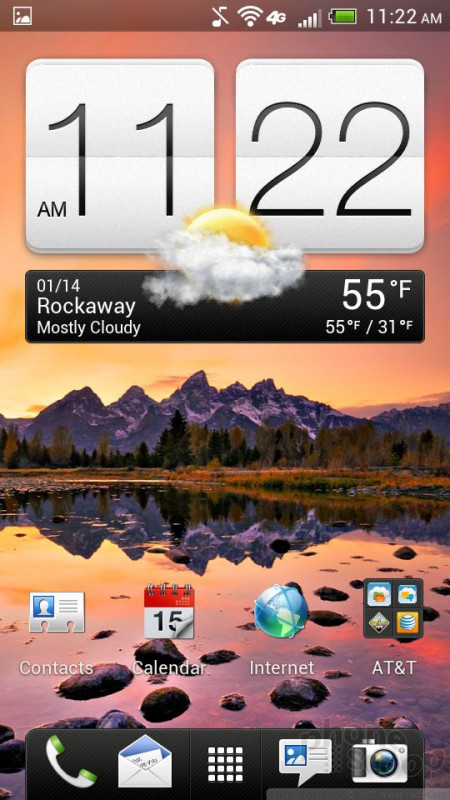





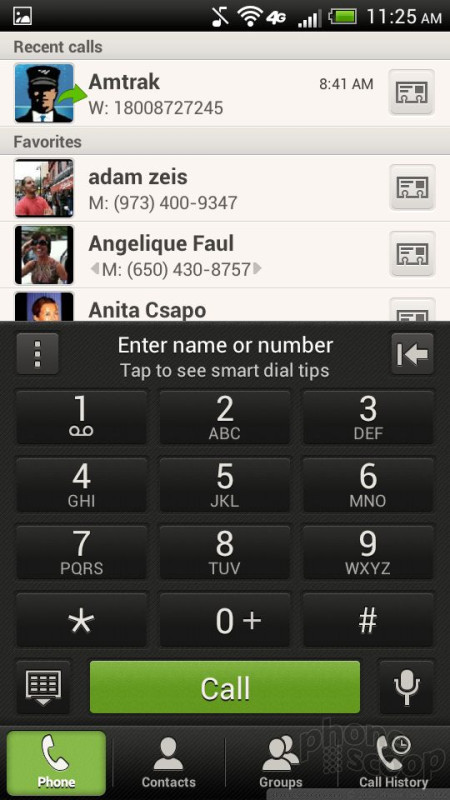




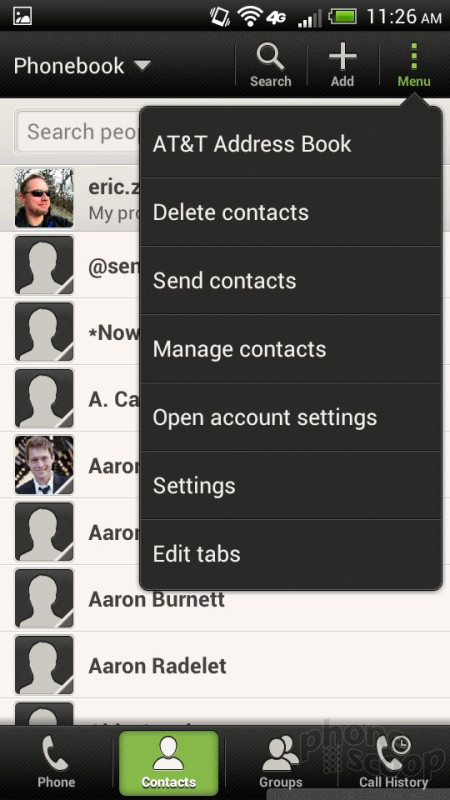



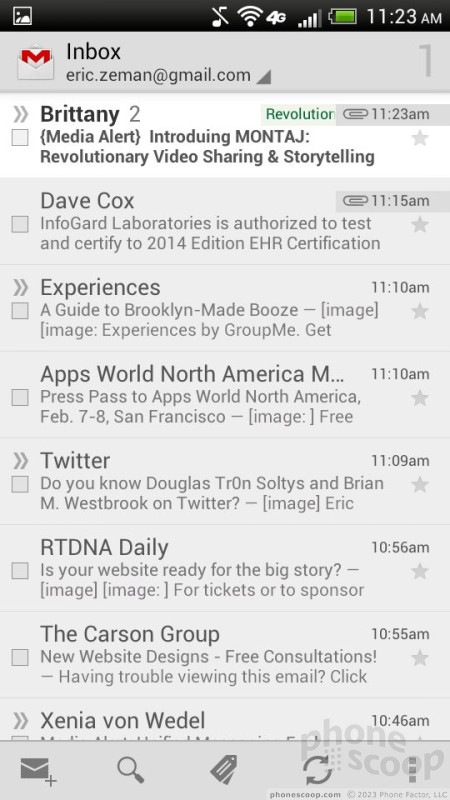



 Hands On: HTC VX and One X+ for AT&T
Hands On: HTC VX and One X+ for AT&T
 HTC One VX Lands on AT&T's Web Site for $49
HTC One VX Lands on AT&T's Web Site for $49
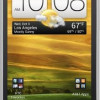 AT&T Announces HTC VX, Will Sell One X+ with LTE
AT&T Announces HTC VX, Will Sell One X+ with LTE
 Soundcore Upgrades its Flagship Earbuds with Advanced ANC
Soundcore Upgrades its Flagship Earbuds with Advanced ANC
 HTC One VX
HTC One VX




